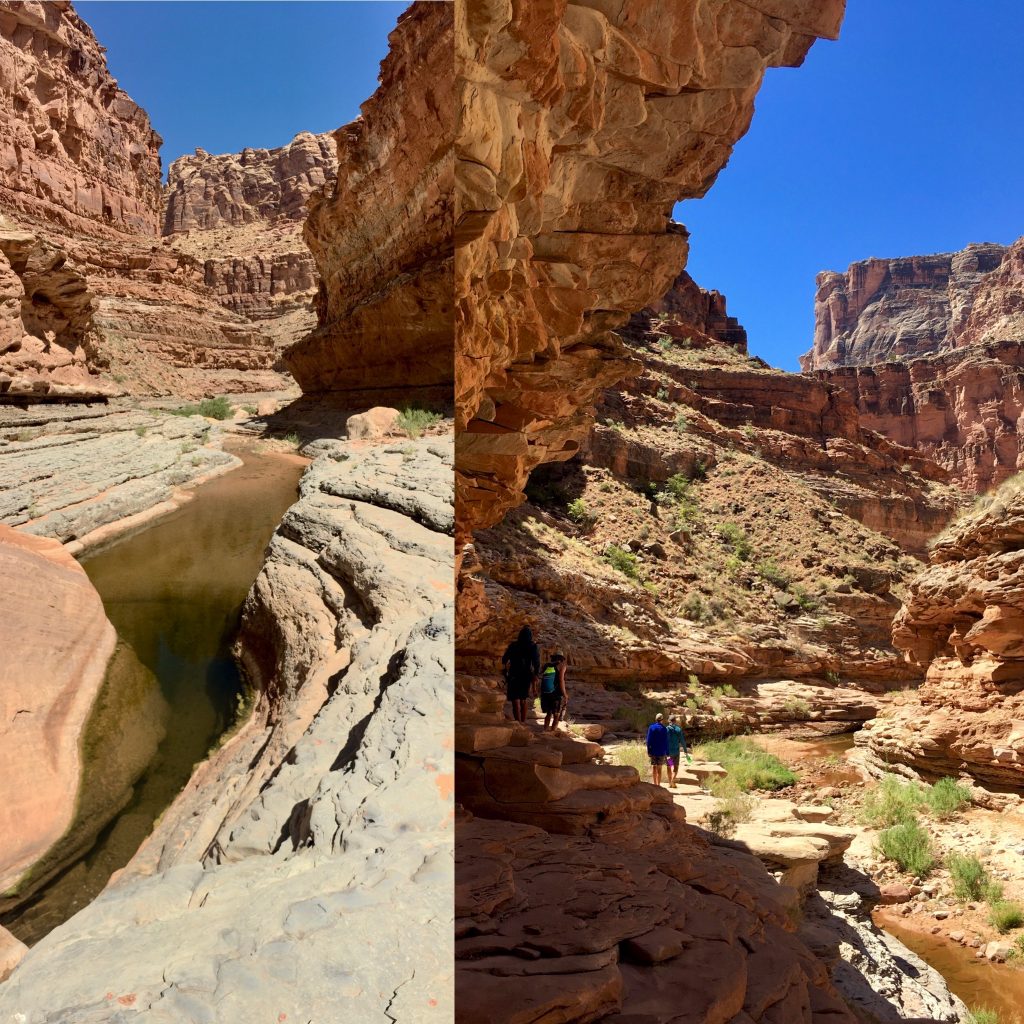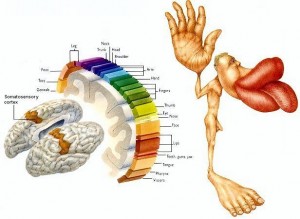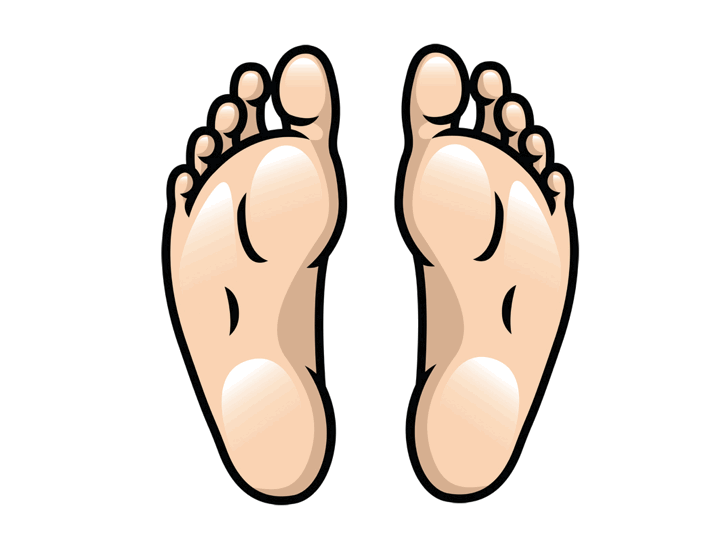Tuning In requires feeling, a turning the dial of your attention and pointing to what you want to listen to. Knowing what to listen to from guidance is very helpful. I can recall when I started my meditation practice, I got lost in “silence.” As time went on my practice dulled and left me somewhat dull with life. Once I began to hear my teacher point at what we needed to pay attention to, my whole practice changed, and therefore my body and my mind….and my life changed.
Feeling, Sleep and the Breath are intimately connected and influence on another. Check out this article about this.
This is also true for the body. Having the right guidance does not mean something else may is wrong. The right guidance provides the right effort. In the Yoga right effort, means to bring together, which is the unifying principle in life. By bringing the mind in direct connection to qualities in the body one can make progress with their practice. The breath is housed in the body and all actions in the body happen because of the companionship with the breath.
So here are a few ways to fine tune your attention to the dynamics of the breath for your practice and your progress:
- Feeling the breath move the ribs – volume
- Noticing the rate
- Noticing where in your chest the breath is
- How you react to the feeling of breathlessness, the need to breathe – CO2 sensitivity
Feeling is a sense. Actually feeling, or sensing how you are being touched, is directly related to the dynamics of the life force energy (Prana, Qi, the Wind, and other names). Feeling is developed early in life, as early as being inside your mother, being held in a world of warm welcoming watery support (the 4 w’s I like to call it). This is one of our first impressions and it keeps us open and expanding in our development as a human being. The other is true too, that once the outside world is perceived as a threat, we begin to lose that powerful openness and expanding potential by withdrawing. I was shown this phenomena exists even before the heart is formed. (I’ll see if I can find some photos of the cells going toward the edge of the sac and collecting at the place where the umbilical cord will connect…..so, way early in our development.)
Sorry, I got a bit expansive in my awe of this phenomena and how much I desire to stay connected and open. I was also given the amazing wisdom from my teacher – “Feeling is the hardest thing to do as a human.” He would encourage me, when I was tied in a knot….a shape to allow my body through my interaction with the life force inside with each breath, he would kindly say “scratch the window.” Scratch the window……coupled with a poem during that time by David Whyte – Just Beyond Yourself.
Want to go a little beyond yourself and feel how the breath is working with you?
Start with Feeling. Most guidance will have you start with inhalation. I want to offer something different:
- Start by feeling the ground that supports you. Can you trust and let go into that support below you and inside you?
- Lying down on your back – feel from your head to your heels the ground supporting you. Can you let go into that support?
- Sitting – feel the base of your pelvis centering on your sit bones without striving or holding AND feel aliveness in your ankles and feet (THIS is very important concept about the legs supporting you in sitting, and it comes from standing and squatting).
- Standing – feel the feet on the earth and notice how they are on the earth (4POINTS); and how there is a descending support that comes from your letting the ground support you through the bones from the back body – tuft of skull to your heels; and front body, from your navel to your ankles….this whole region being allowed to descend into the feet. This is a practice within itself – a standing practice of finding what truly supports you. You can listen here for a guidance I give on standing.
- In this descending process, letting go into sustainable support, can you notice your letting go in the breath? The exhale. Feel how the exhale comes from you letting go, descending.
- The exhale can be felt in the physical body on the surface as a cascading descending feeling off the neck and shoulders – down the ribs into the belly.
- A quality of spaciousness may be felt in the belly as you release. This keeps you from squeezing the belly and abdomen in attempt to move the exhale, and push it out. This will bring adaptations you do not want. Trust me, I did this for many years and the re-learning has taken some time and my body has had to adjust to unraveling what I thought was the way. I have learned from this BIG mistake (thank you!thank you!thank you!) in time and I know I can find my way back (I’m that little gnome at the edge of the trail whispering…..”go that way.”
- The inhalation is determined by the exhalation and the space that is created. Then the inhalation gets invited into the doors of opening and in companionship with you fills you up where the body can take it. The mind has to observe this quality, because the mind can not comprehend all the intricacies and inter-related dynamics of what is going to happen on the next breath, so why use the mind to push the breath – why not be observant and feel what is moved and shifts with the motivation of the breath. This is the role of the life force, to move you and motivate you, and it will do what ever you ask for the activity you are in. Your true companion.
- Then, at the end of the exhale, even when you don’t feel air leaving your nose, you might notice a pause. Please do not manufacture a pause. It is naturally occurring, and usually present when your BOLT score (see video below to measure) is above 15-18. So feel if that is present.
- Then, in that pause, there is the origins, or initiation, of the in-breath. So from the belly, feel your breath originate below your navel and this motivation will give rise and expansion to the lower ribs. You can imagine your cup is being filled from the bottom up, but again please do not manufacture this, it is just an image not something your mind needs to do. This is your inhalation. From the low ribs to the tops of your shoulders and base of neck. Rejoice in receiving this breath and how it moves you.
Let’s discuss Rhythm. I mentioned above feeling the sequence of the breath. Now like the bass of the band, or the drummers beat, there is a rhythm. This is a rate, or pulse in the breath. In exercise physiology (and respiratory physiology) the rate is counted and described per minute. Best measured by a device or someone counting your breaths without you knowing they are watching and counting your breaths. The mind will get involved and your rate will not be accurate the moment you watch it or feel you are being watched….just the way of the mind. So, your respiratory rate (RR) is best measured by a device. I am working on a way to link into what you might feel is your natural rhythm and rate…..stay tuned.
Nasal breathing vs. Mouth breathing. This article can help. For now you can inquire into your way of breathing – through your day do you nasal breathe or mouth breathe? and, as you walk or exercise or get into a bit of an intense level of activity (can even be mind), do you mouth breathe or nasal breathe?
Your sensitivity to CO2 (the by-product of your metabolism) is a very important gas to understand how it works in your body….it is not bad for you.
I offer this simple measure for you to discover your sensitivity to CO2 and your breathing functions and capacities.
Want to learn more about how you can harness the power behind each breath you take, and how to make the most out of your health & fitness program? Check out these opportunities.
Article by Shawn M Flot, MPT. He is now a Certified Oxygen Advantage® Instructor. Combined with his 28year experience in Exercise Physiology, Physical Therapist for health and performance, and a dedicated Yoga practitioner is making for a power-house to help many people succeed in re-discovering their own health, healing and well-being.







